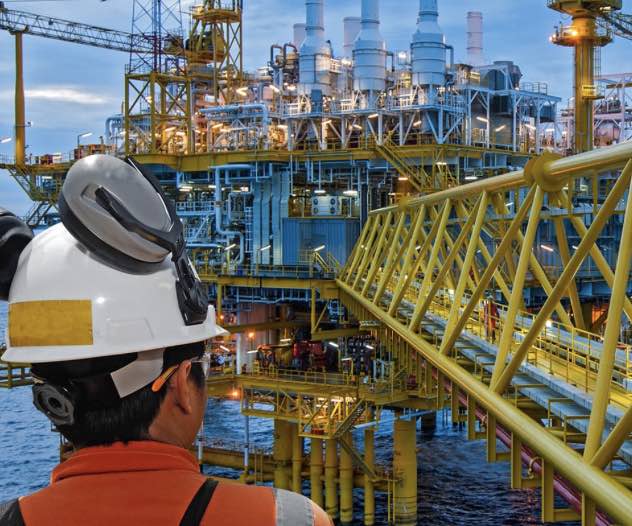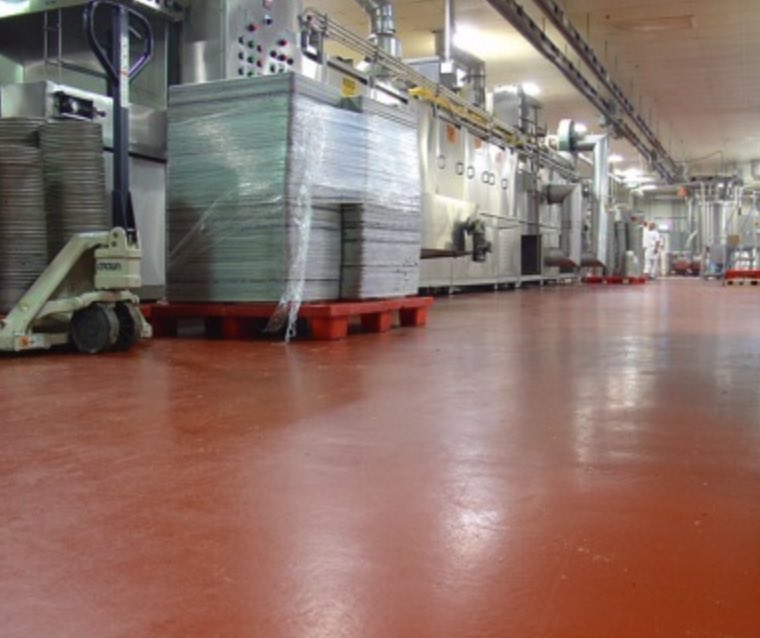
Comparing Various Topcoats: Pros and Cons and Life Cycle Costs
Explore the cutting-edge battle between polyurethane, polysiloxane and fluoropolymer topcoats to determine which offers the best value and performance for your projects.
- Rick Gilbreath
Explore the cutting-edge battle between polyurethane, polysiloxane and fluoropolymer topcoats to determine which offers the best value and performance for your projects.
Overview of Polyurethane, Polysiloxane and Fluoropolymer Topcoats
In the world of high-performance topcoats, polyurethane, polysiloxane, and fluoropolymer coatings are often at the forefront due to their superior properties and durability. Understanding the fundamental differences between these coatings can help in making an informed decision for specific applications.
Polyurethane topcoats are known for their excellent abrasion resistance and flexibility. Polysiloxane topcoats, on the other hand, offer outstanding durability and resistance to UV radiation and harsh chemicals. Fluoropolymer topcoats are renowned for their exceptional weatherability and long-lasting color retention, making them ideal for extreme environments.
Advantages and Disadvantages of Polyurethane Topcoats
Polyurethane topcoats provide several advantages, including excellent abrasion resistance, flexibility, and ease of application. They are highly resistant to impact and can withstand mechanical wear and tear, making them suitable for high-traffic areas and industrial settings.
However, polyurethane topcoats can be sensitive to UV radiation, which can lead to yellowing and degradation over time. Additionally, they may require more frequent maintenance and reapplication in outdoor environments compared to other high-performance coatings.
Advantages and Disadvantages of Polysiloxane Topcoats
Polysiloxane topcoats are known for their exceptional durability and resistance to UV radiation, chemicals, and extreme temperatures. They provide long-lasting protection and maintain their appearance over time, reducing the need for frequent maintenance and reapplication.
One of the main disadvantages of polysiloxane topcoats is that the application process can be more complex, requiring specialized equipment and expertise. Further, the industry has seen adhesion and overcoating issues compared to other topcoats.
Advantages and Disadvantages of Fluoropolymer Topcoats
Fluoropolymer topcoats offer unparalleled weatherability and color retention, even in the harshest environments. They are resistant to UV radiation, chemicals, and pollutants, ensuring long-term performance and minimal maintenance.
The primary disadvantage of fluoropolymer topcoats is their high cost per gallon. However, their long-term benefits often outweigh the initial investment, especially in environments where extreme durability is required or where accessibility is difficult.
Comparative Analysis of Life Cycle Costs
When comparing the life cycle costs of polyurethane, polysiloxane, and fluoropolymer topcoats, it's essential to consider both the initial application costs and the long-term maintenance requirements. Polyurethane topcoats generally have a lower upfront cost but may require more frequent maintenance and reapplication, especially in outdoor environments.
Polysiloxane topcoats, while more expensive initially, offer extended durability and reduced maintenance needs, making them more cost-effective over the structure's lifetime.
Fluoropolymer topcoats, despite their high initial cost, provide the best long-term value in terms of durability and minimal maintenance, particularly in harsh or extreme environments. When applied properly and with a "system approach", fluoropolymers owners can expect 30+ years before spot repairs or coating maintenance is required.

Choosing the Right Topcoat for Your Project
Selecting the appropriate topcoat for your project depends on various factors, including the environmental conditions, expected wear and tear, and budget constraints. For industrial settings with high mechanical stress, polyurethane topcoats may be the best choice due to their abrasion resistance and flexibility.
For projects requiring outstanding durability against UV radiation and chemicals, polysiloxane topcoats are ideal, despite their higher upfront cost. In environments where extreme weatherability and color retention are critical, fluoropolymer topcoats provide unmatched performance and long-term value.
Ultimately, understanding the specific requirements of your project and evaluating the life cycle costs of each topcoat option will help you make the best decision for optimal performance and cost-efficiency.
Check out our other resources on this topic:

The Pros and Cons of Various Water Tank Coating...
THE PROS AND CONS OF VARIOUS WATER TANK COATING...

Exploring High Performance Coatings for Offshore...
Offshore and marine structures face relentless...

Advantages of Polyurethane Cement Floor Coatings
In the world of industrial and commercial...